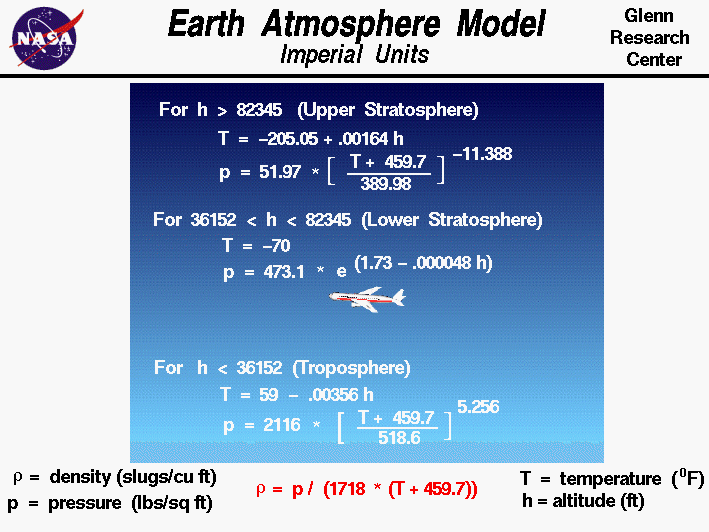NPSH deals with absolute pressure, not gauge pressure.
To personify what is happening at the face of the pump impeller...
The impeller "wants" to have the fluid delivered to it with enough pressure to force the fluid up against the impeller, such that th impeller can try "grabbing" and "pulling" the fluid on at a higher velocity.
Ever tried to pull water along with your bare hand? If you scoop water away toward you with your cupped hand and the water "left behind" does not have enough pressure to move toward you fast enough to fill the spot where you just "grabbed" a handfull of water, then a "hole" forms. At depth in the ocean next to a ship's/submarine's propeller or in a sealed full pipe, that "hole" means a vacumm is formed and quickly gets filled with vapor from the surrounding liquid. You see the same thing in the sky, when a jet leaves a trail of what looks like "smoke" trailing off its wing-tips, where the wing-tip vortexes created low pressure in the air. Pull or push fluid (liquid or gas) out of the way too fast for the surrounding fluid pressure to fill the "hole", and a low pressure area forms.
In all of this, considering a pump impeller, the pump does not "care" what is happening at the discharge side of the pump. It is only interested at the pump impeller suction at being able to "grab" a full amount of liquid, not vacumm. The pump further could "care less" what is happening outside the pump or incoming pipe, it just "knows" / senses the pressure it "feels" inside. The pressure ramming the fluid toward the pump impeller could come from anything: elevation change (potential energy), another pump pushing, or in the case you are considering the pressure of the air pushing down on the fluid trying to force it into the pipe and eventually into the pump, or even (to make the point) someone back along the line trying to push oatmeal in to the line. The pump does not care, does not "see" what is creating the pressure in the fulid at the impeller suction. It only "wants" sufficient pressure. The pump's "world" is only what it feels at the impeller suction, not what someone could "see standing on a box looking back up the line." It is like the person in the chain of an old fashion fire-fighting bucket brigade. "Get me the next bucket....I do not want to be standing here 'twittling' my thumbs!"
The "penalty" for not supplying sufficient NPSH to a centrifugal pump impeller's suction is cavitation, those little bubbles you see forming a trail on the old Hollywood movies of WWII submarines. Those tiny bubbles quickly collapse. Two bad things happen when the cavitation bubbles collapse: they make noise (bad for submarines, modern submarine propellers are designed to resist doing this) and the collapsing bubbles act like tiny descrictive jack-hammers, if they collapse next to anything (like the pump impeller they would be going through).
How do you know you have pump cavitation (and it is always due to NPSH problems)? It sounds like the pump is pumping marbles. Pull the impeller on a pump that has been badly cavitating for a couple of months and you will compare the shrunken size of the impeller to a silver dollar eroded down to a dime. Those little jack-hammer cavitation bubbles get destructive.


![[worm] [worm] [worm]](/data/assets/smilies/worm.gif) -born in the trenches.
-born in the trenches.